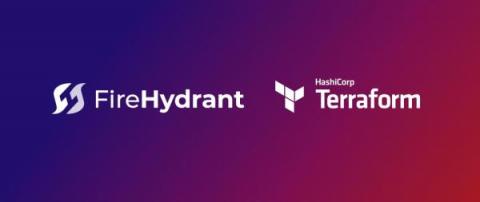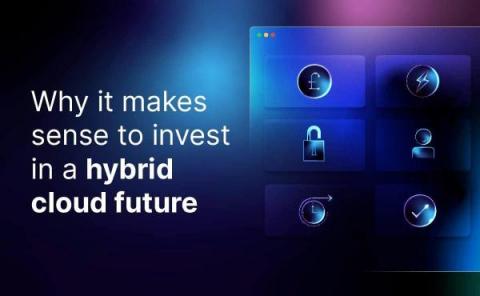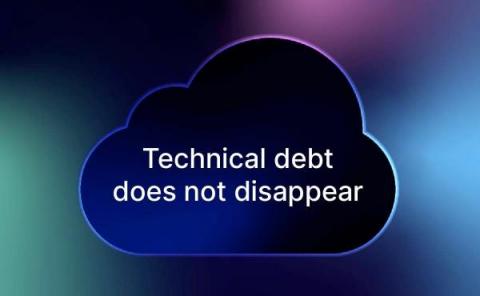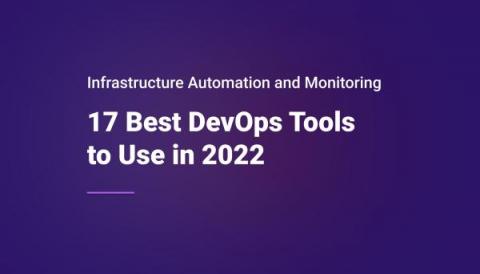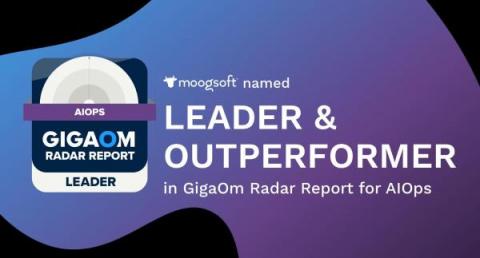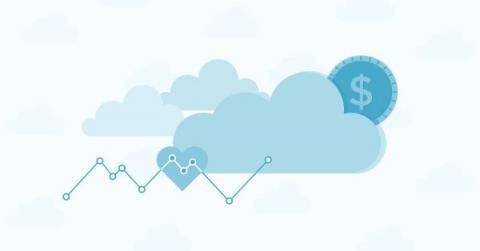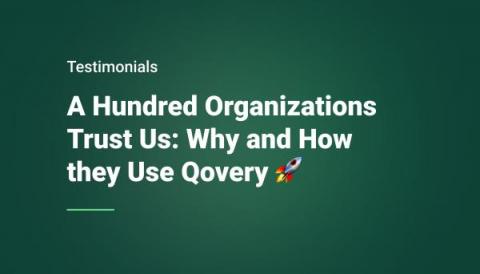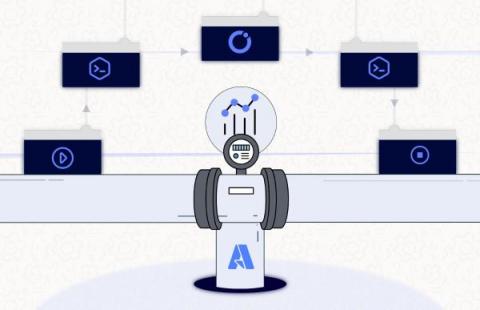We've made it even easier to manage your FireHydrant configuration with Terraform
Many of our customers use FireHydrant’s verified Terraform provider to track configuration changes, ensure consistency, and automate repetitive configuration tasks. Back in March we streamlined our Terraform provider support for service catalog configuration. Today we are releasing extensive Terraform provider improvements for configuring runbooks, task lists, service dependencies, incident roles, and more.


